Peter Newton, Keith Hampson, Robin Drogemuller9780415462884, 0415462886, 9780203928325, 0203928326
This book embodies the results of a major research programme by members of the Australia Co-operative Research Centre for Construction Innovation and its global partners, presented for an international audience of construction researchers, senior professionals and advanced students. It covers four themes, applied to regeneration as well as to new build, and within the overall theme of Innovation:
Sustainable Materials and Manufactures, focusing on building material products, their manufacture and assembly – and the reduction of their ecological ‘fingerprints’, the extension of their service lives, and their re-use and recyclability. It also explores the prospects for applying the principles of the assembly line.
Virtual Design, Construction and Management, viewed as increasing sustainable development through automation, enhanced collaboration (such as virtual design teams), real time BL performance assessment during design, simulation of the construction process, life-cycle management of project information (zero information loss) risk minimisation, and increased potential for innovation and value adding.
Integrating Design, Construction and Facility Management over the Project Life Cycle, by converging ICT, design science engineering and sustainability science.
Integration across spatial scales, enabling building–infrastructure synergies (such as water and energy efficiency). Convergences between IT and design and operational processes are also viewed as a key platform increased sustainability.
Table of contents :
Book Cover……Page 1
Title……Page 6
Copyright……Page 7
Contents……Page 8
Figures……Page 12
Tables……Page 18
Contributors……Page 21
Preface……Page 25
Part I Introduction……Page 28
1 Transforming the built environment through construction innovation……Page 30
Part II Materials……Page 56
2 Future materials and performance……Page 58
3 Material environmental life cycle analysis……Page 81
4 Service life prediction of building materials and components……Page 99
5 Minimizing waste in commercial building refurbishment projects……Page 124
Part III Design……Page 140
6 Building information models: Future roadmap……Page 142
7 Integrated design platform……Page 159
8 Understanding collaborative design in virtual environments……Page 181
9 The challenges of environmental sustainability assessment: Overcoming barriers to an eco-efficient built environment……Page 198
10 Automated environmental assessment of buildings……Page 217
11 Estimating indoor air quality at design……Page 234
12 Designing for disassembly……Page 251
13 Energy-efficient planning and design……Page 265
14 Design for urban microclimates……Page 277
15 Technological innovation in the provision of sustainable urban water services……Page 294
Part IV Construction……Page 318
16 Virtual design and construction……Page 320
17 Internet-based construction project management……Page 346
18 Project diagnostics: A toolkit for measuring project health……Page 366
19 Engineering sustainable solutions through off-site manufacture……Page 382
Part V Facilities management and re-lifing……Page 398
20 Towards sustainable facilities management……Page 400
21 Life cycle modelling and design knowledge development in virtual environments……Page 420
22 Right-sizing HVAC……Page 434
23 Evaluating the impact of sustainability on investment property performance……Page 449
24 Estimating residual service life of commercial buildings……Page 466
25 Indoor environment quality and occupant productivity in office buildings……Page 482
Part VI Innovation: Capture and implementation……Page 498
26 Effectively diffusing innovation through knowledge management……Page 500
27 The business case for sustainable commercial buildings……Page 520
28 Innovation drivers for the built environment……Page 541
29 Seeking innovation: The construction enlightenment?……Page 555
Index……Page 571
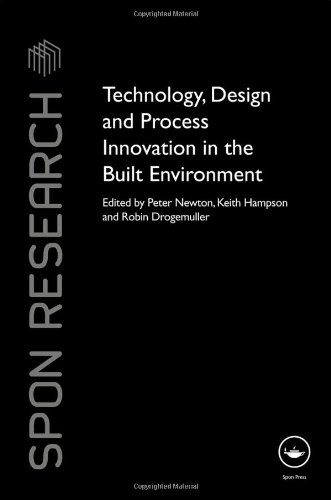
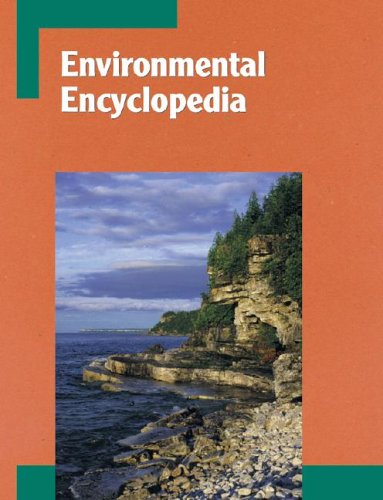
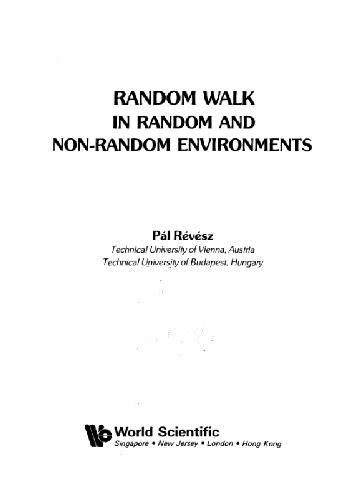
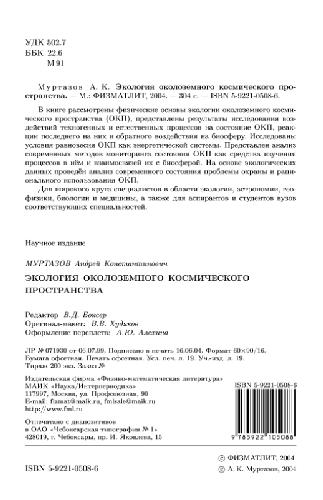
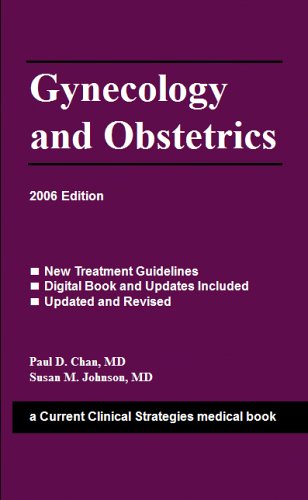


Reviews
There are no reviews yet.